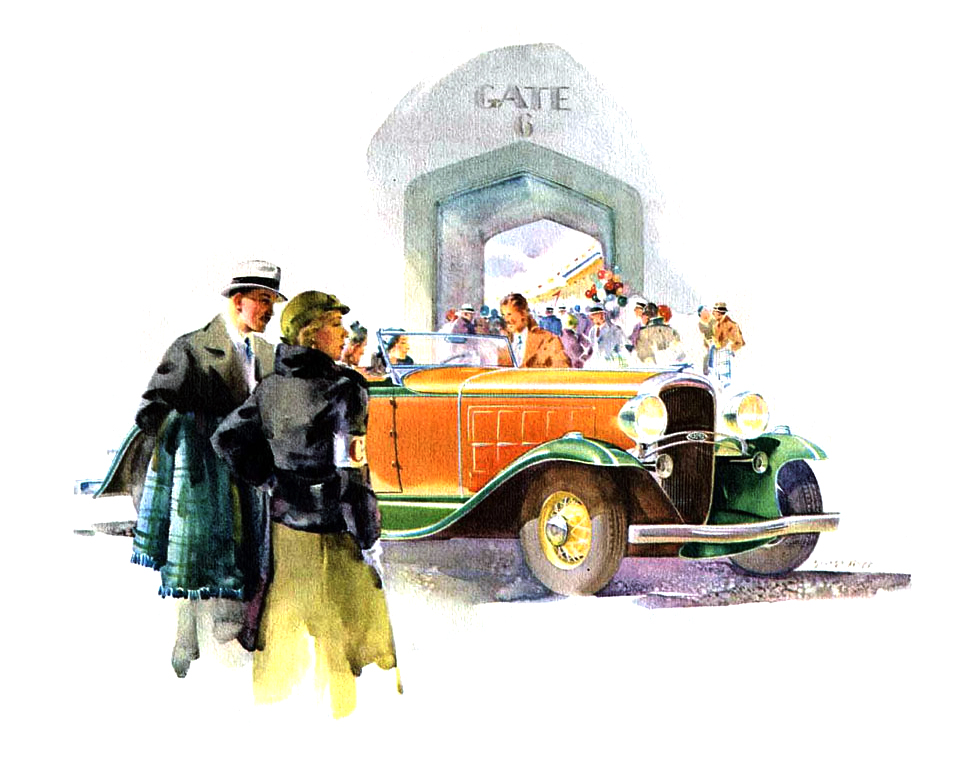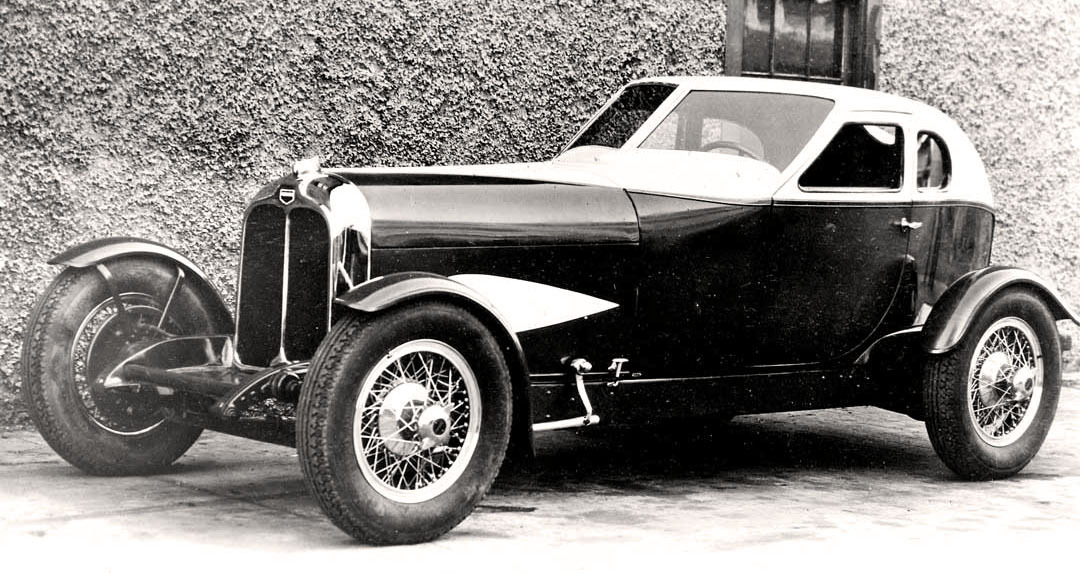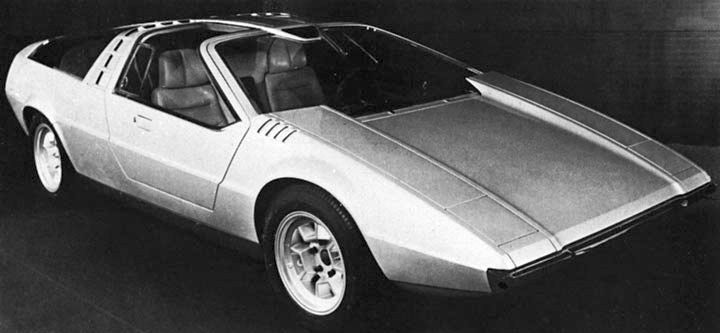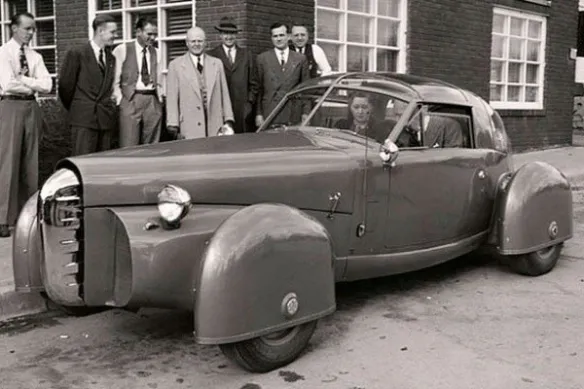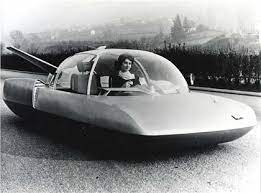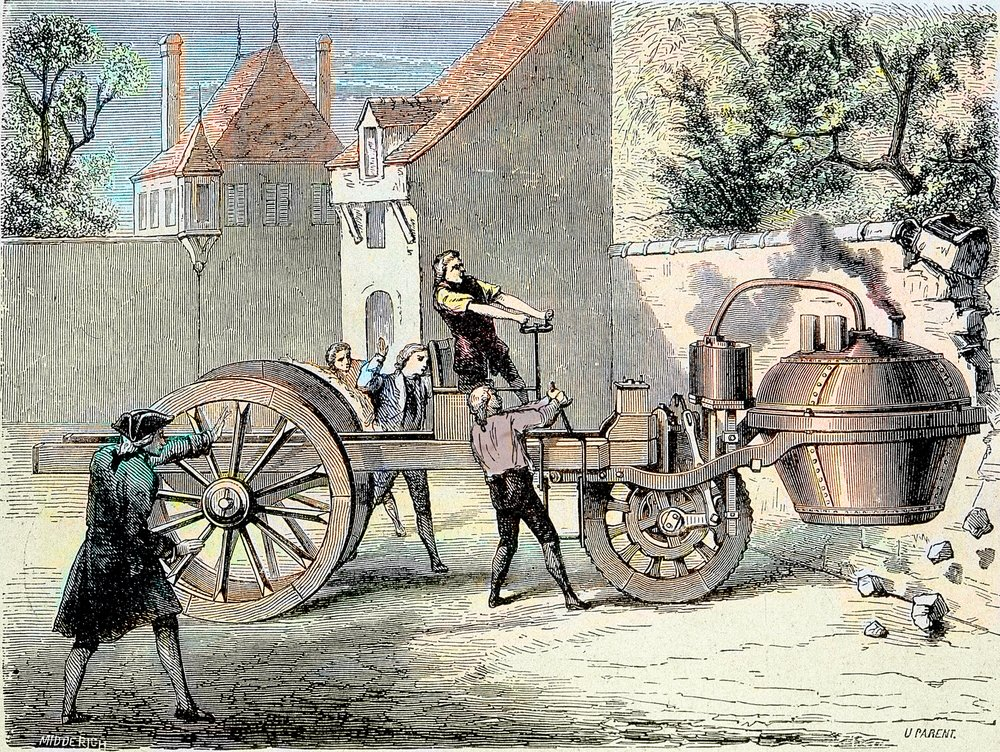
Richard Trevithick's contributions to steam power are legendary, particularly his development of the first steam-powered passenger vehicle, famously called the "Puffing Devil" or "Puffer." Let’s unpack the story of his groundbreaking test ride on December 24, 1801, and assess its accuracy within the historical context.
The Puffing Devil's Test Ride
Trevithick’s “Puffing Devil” is widely regarded as the first steam-powered road vehicle capable of carrying passengers. On Christmas Eve 1801, Trevithick reportedly invited seven of his friends to join him for a test ride through Camborne, Cornwall. The vehicle’s innovative design used a high-pressure steam engine that was lighter and more efficient than earlier low-pressure engines pioneered by James Watt. Witnesses marveled as the vehicle climbed uphill, powered by steam at an impressive 145 psi.

However, the success of this early steam-powered vehicle was short-lived. A few days later, the Puffing Devil overheated during an unattended moment and was destroyed in a fire. Despite this setback, the test ride marked a pivotal moment in the evolution of steam technology.
Trevithick’s Legacy of Steam Innovation
Richard Trevithick was born in 1771 in Cornwall, England, a region central to mining and industrial advancements. Though considered a poor student, Trevithick’s natural aptitude for mechanical problem-solving became evident as he worked as a steam-engine repairman. His ingenuity led to the creation of versatile high-pressure steam engines, which found applications in various industries, including mining, shipping, and transportation.
Images © Katriina Etholén
In 1804, Trevithick demonstrated the first-ever steam locomotive to operate on a track at Penydarren Ironworks in Wales. This locomotive transported ten tons of iron and 70 workers over a distance of nine miles at an average speed of five miles per hour.
Unfortunately, the locomotive’s weight damaged the rails, limiting its operational lifespan.
Trevithick continued to refine his designs, and in 1808, he introduced the “Catch-me-who-can,” a locomotive designed to carry passengers around a circular track in London. Despite these innovations, issues with rail durability and funding prevented his designs from gaining widespread adoption during his lifetime.
Challenges and Recognition
Trevithick's pioneering work laid the groundwork for the industrialization of steam-powered vehicles and locomotion. Yet, his ideas were ahead of their time, and he struggled financially due to a lack of sustained support. Trevithick passed away in poverty in 1833, but his inventions significantly influenced subsequent advancements in steam-powered transportation.
Conclusion
Richard Trevithick’s test ride of the Puffing Devil on December 24, 1801, marks a milestone in engineering history as the first practical demonstration of a steam-powered passenger vehicle. Although his work faced challenges—like overheating, rail breakages, and limited funding—Trevithick’s innovations were crucial to the development of modern transportation. His legacy as one of the industrial age's most influential figures is undeniable, even if his contributions were not fully recognized during his lifetime.




















